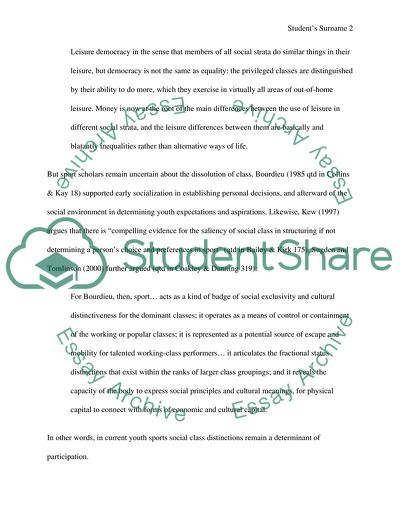Cite this document
(Effects of Social Class on Youth Sports Dissertation, n.d.)
Effects of Social Class on Youth Sports Dissertation. Retrieved from https://studentshare.org/sports-and-recreation/1787160-the-effect-of-social-class-on-youth-sports
Effects of Social Class on Youth Sports Dissertation. Retrieved from https://studentshare.org/sports-and-recreation/1787160-the-effect-of-social-class-on-youth-sports
(Effects of Social Class on Youth Sports Dissertation)
Effects of Social Class on Youth Sports Dissertation. https://studentshare.org/sports-and-recreation/1787160-the-effect-of-social-class-on-youth-sports.
Effects of Social Class on Youth Sports Dissertation. https://studentshare.org/sports-and-recreation/1787160-the-effect-of-social-class-on-youth-sports.
“Effects of Social Class on Youth Sports Dissertation”, n.d. https://studentshare.org/sports-and-recreation/1787160-the-effect-of-social-class-on-youth-sports.


